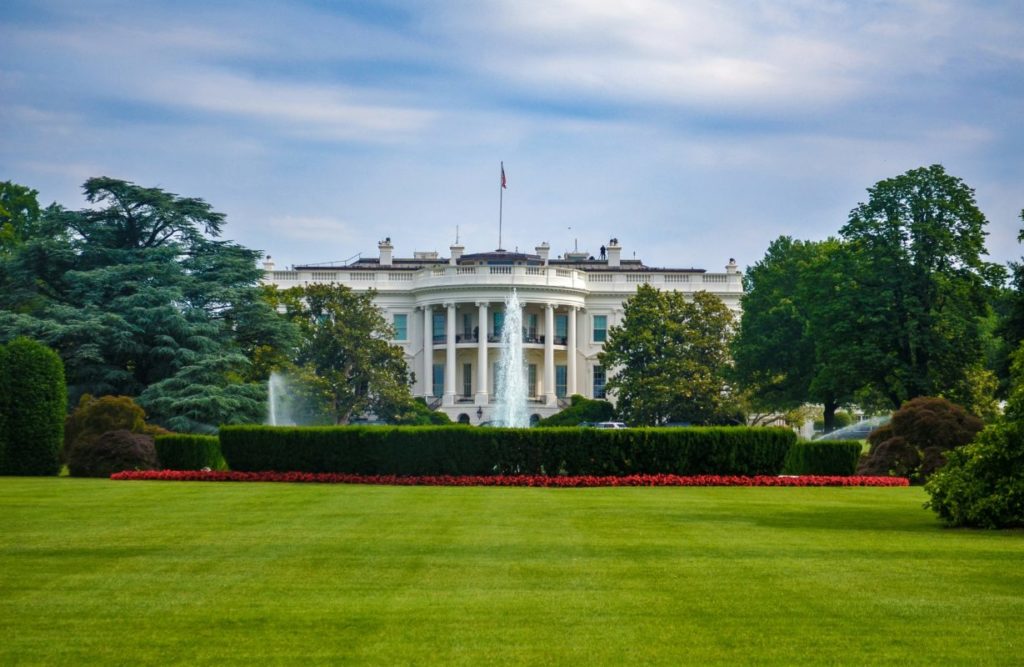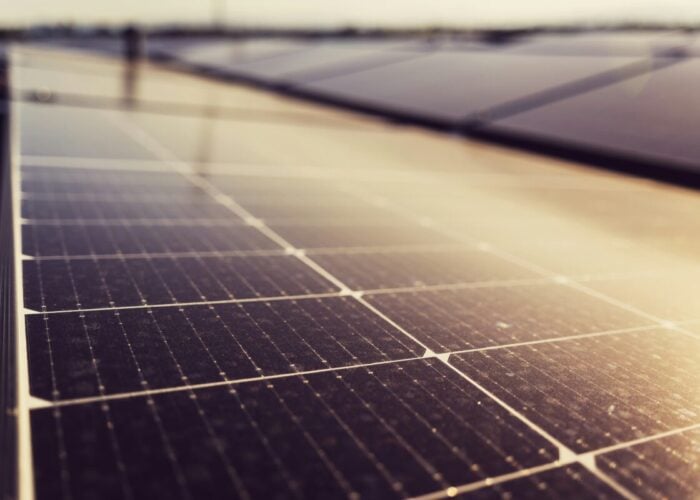
The White House must “act immediately to solve the urgent issues interfering with investment in domestic solar manufacturing”, according to a statement from the Solar Energy Manufacturers for America (SEMA) coalition.
SEMA – whose members constitute a number of major non-Chinese solar manufacturers – released the statement following US Treasury Secretary Janet L. Yellen’s visit to Beijing last week. During her visit, Yellen said she “wouldn’t rule out” further trade defence measures against an overcapacity of solar manufacturing in China.
Try Premium for just $1
- Full premium access for the first month at only $1
- Converts to an annual rate after 30 days unless cancelled
- Cancel anytime during the trial period
Premium Benefits
- Expert industry analysis and interviews
- Digital access to PV Tech Power journal
- Exclusive event discounts
Or get the full Premium subscription right away
Or continue reading this article for free
However, despite robust rhetoric calling for a “level playing field” for solar manufacturing between the two countries, SEMA said that the Treasury secretary returned from her visit “without enforceable commitments from China’s government on excess solar capacity”.
Mike Carr, executive director of the SEMA Coalition – and formerly of the US Department of Energy – said: “We’re heartened that Secretary Yellen acknowledged the unlevel playing field from which Chinese-headquartered solar manufacturers are currently benefiting and the fragility inherent in the US’s dependence on China for solar, but it’s time to act. The White House must act aggressively to re-balance the playing field and end the destructive race to the bottom we are currently in with importers.”
The falling price of solar modules, cells and upstream components – Carr’s “race to the bottom” – has been ongoing for the last year. Last month, PV Price Watch reported that module prices in China had been inching upwards for the first time in months, but this was only made possible by a drop in module production in January and historically low prices for much of 2023.
The selling price for upstream portions of the supply chain is still falling; as of last week polysilicon prices were at historic lows, and new capacity “not needed”. These upstream components, in particular polysilicon, are what the US relies the most on for its solar manufacturing.
Domestic Content
In addition to price protections and a “level playing field”, SEMA called for “a critical update of the guidance for the domestic content bonus credit established in the Inflation Reduction Act (IRA) to ensure it drives demand across the supply chain.
It continued: “The bonus currently provides a credit for the production within the United States and sale of certain eligible components, but it allows a largely Chinese-made solar panel to count as “US-made” with only minimal US processing and assembly. This is hurting US solar manufacturers and fueling our reliance on China.”
The domestic content adder currently requires that modules deployed in the US have at least 40% “US-made” components, based on the module’s total cost. This figure will rise to 55% in 2026. Eligible products will be offered a 10% bonus tax credit on top of the 30% Investment Tax Credit (ITC) offered by the IRA.
However, the majority of a module’s cost comes from its upstream production stages—particularly cells—which are currently far less common in the US than module assembly plants. The CEO of Canadian solar manufacturer Heliene told PV Tech Premium last year that the domestic content adder would be “a big ask” for manufacturers if they were able to meet it at all.
Upstream Support
Earlier this year, Mark Widmar, CEO of US cadmium telluride thin-film solar manufacturer First Solar, told a US Senate Finance Committee that “not even one of the crystalline silicon panels installed [in 2023] was assembled with American-made solar cells”. Widmar said that the IRA needed trade defense and further support for domestic content if it was to avoid supporting Chinese manufacturers over US ones.
SEMA CEO Carr said: “Beyond enforcing trade laws, we are encouraging the White House and Treasury to support the growth of a sustainable solar manufacturing supply chain by including US produced solar grade polysilicon and solar wafer as components — about half of the value of a solar module — in the domestic content bonus calculation.”
Major non-Chinese polysilicon producers Wacker Chemie, REC Silicon, and Hemlock Semiconductor are all members of SEMA. According to Johannes Bernreuter, head of polysilicon market analyst firm Bernreuter Research, global polysilicon production is currently in excess of what is needed for solar deployment and manufacturing targets, while the overwhelming majority of this capacity is produced in China.
Beyond energy security, reliance on Chinese polysilicon raises moral concerns over the alleged forced labour in Xinjiang province. Critics have said that it is difficult to ensure that even polysilicon from other provinces in China is free from forced labour, due to the practise of blending batches from different sources.
A February report from Bernreuter Research found that shipments of polysilicon from China to Southeast Asian countries – where many Chinese solar manufacturers have established factories, largely to meet US import laws – increased by around 700% from 2022-2023.
Carr said: “As it stands, the government is facilitating a dependence on China that we wouldn’t allow in any other sector; we must ensure our stability and security as we transition to clean energy,”






